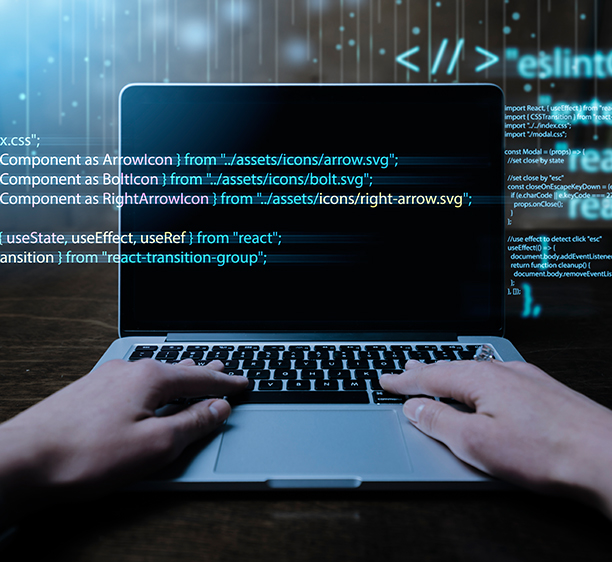Programmer Analyst - Python
Get certified in Python by taking the most popular course. It will teach you how to write code in Python and use packages like scipy, matplotlib, pandas, scikit-learn, numPy, web scraping tools, and the Lambda function. You can take this online Python course to learn how to write Python code for Hadoop and Spark and other big data tools. Take part in real-world projects to get Python certification and real-world training.
321 Learners | 03 Experts | 15 Hours
What exactly is Python?
Python is a computer language that is high-level, dynamically typed, and object-oriented. Its inherent data structures make it advantageous for data analysis jobs. Python is regarded as intelligible and easy to acquire due to its syntax bearing resemblance to that of normal English.
Python is a widely recognized programming language. Based on the 2021 Developer Survey done by Stack Overflow, close to 50% of the participants made considerable use of the platform in the preceding year. According to the same survey, Python is the programming language that individuals are most interested in learning and using in the future.
Python’s widespread usage and user-friendly nature have fostered a vast community of users who readily contribute resources and provide guidance. Python coding is a powerful tool in today’s software development industry.


Python Course Curriculum
Overview of Python Certification Course
Students will learn the basics of object-oriented programming and Python syntax in a standard introductory course in Python programming. In some Python classes, you might learn about “hello world,” variables, data types, basic methods, and fixing bugs in Python code, among other things.
Once experienced programmers have mastered the fundamentals of Python, they can move on to intermediate and advanced Python instruction. A more comprehensive Python course may cover:
- Performing data analysis using modules such as pandas and NumPy.
- Visualization of data with matplotlib or Seaborn.
- Scikit-Learn, Keras, SciPy, PyTorch, and TensorFlow for machine learning.
- Nltk-based natural language processing.
In addition to advanced Python programming, the courses will encompass subjects such as decorators, regular expressions, web application interfaces using Django and Flask, and statistical analysis.
Look into Python job openings
Python skills can help you get a job in a lot of different fields, from tech to data jobs in other fields. There are jobs in Python in many areas, such as marketing, communications, research, statistics, and more.
- Python Developer
- Data Scientist
- Machine Learning Engineer
- Full Stack Developer
- Data or Quantitative Analyst
- Technical Writer
Entry-level roles may require several years of Python programming experience, while open-source contributions and short courses can be considered as viable alternatives.
For people who want to keep learning Python and need official training, a coding boot camp or a bachelor’s degree in computer science or data science might be a good choice. A master’s degree in computer science, analytics, or data science could also be a choice for students who want to switch fields or become experts.

ABOUT Python
FAQ
-
01
What are the rules for local and global variables?
In Python, variables referenced within a function are implicitly global. If a variable is assigned a value within the function’s body, it’s local unless you explicitly declare it as global.
-
02
What is the optimal way to implement import within a module?
Avoid using from modulename import *. This will cause the importer’s namespace to become cluttered, making it more difficult for linters to detect undefined names.
Import modules at the beginning of the file, which clarifies which modules your code needs. Use one import each line.
It is common practice to install modules in a particular sequence:
1) standard library modules
2) third-party library modules
3) locally-developed modules
You should only move imports into a local scope to address a problem, such as preventing a circular import or reducing the installation time of a package. -
03
What GUI toolkits are supported by Python?
1) Tkinter: Standard Python installations include tkinter, which is simple to install and utilize.
2) Kivy: Kivy is a Python and Cithon-based multi-platform GUI library for desktop operating systems and mobile devices. It is a free, open-source software licensed under the MIT terms.
3) Gtk+: The Python GObject introspection bindings enable the development of GTK+ 3 applications.
4) wxWidgets: wxWidgets is a free, portable C++ GUI library. wxPython is the Python binding for wxwidgets, and it provides a number of features using pure Python extensions that are unavailable in other bindings.
Let's put things into action
Pay more attention to honing your abilities or simplifying your workflow. Let us handle the remaining things.
00K
Getting Into Top Talent
00K
Scale and adaptability
00K
Extended Collaborations
